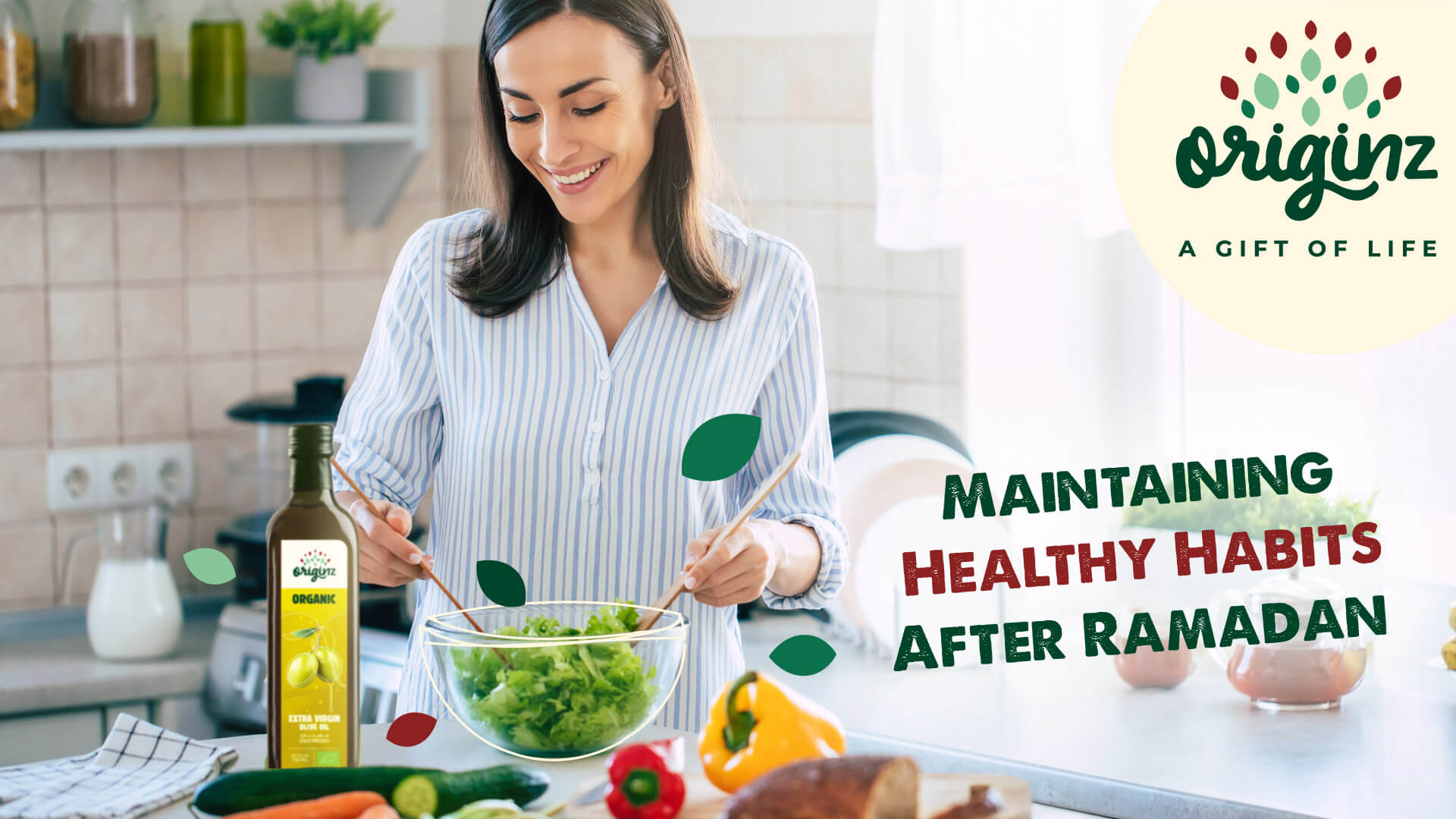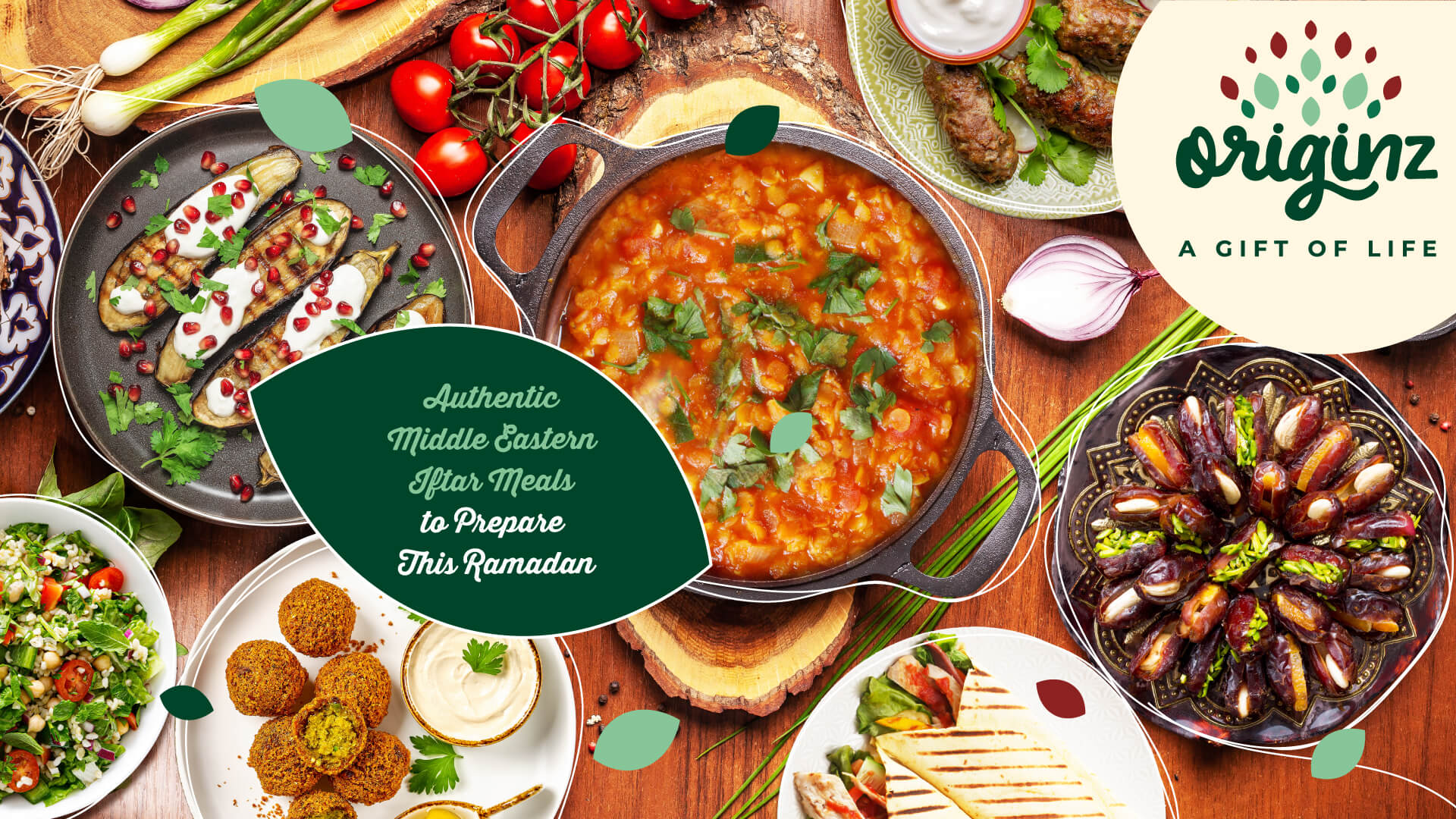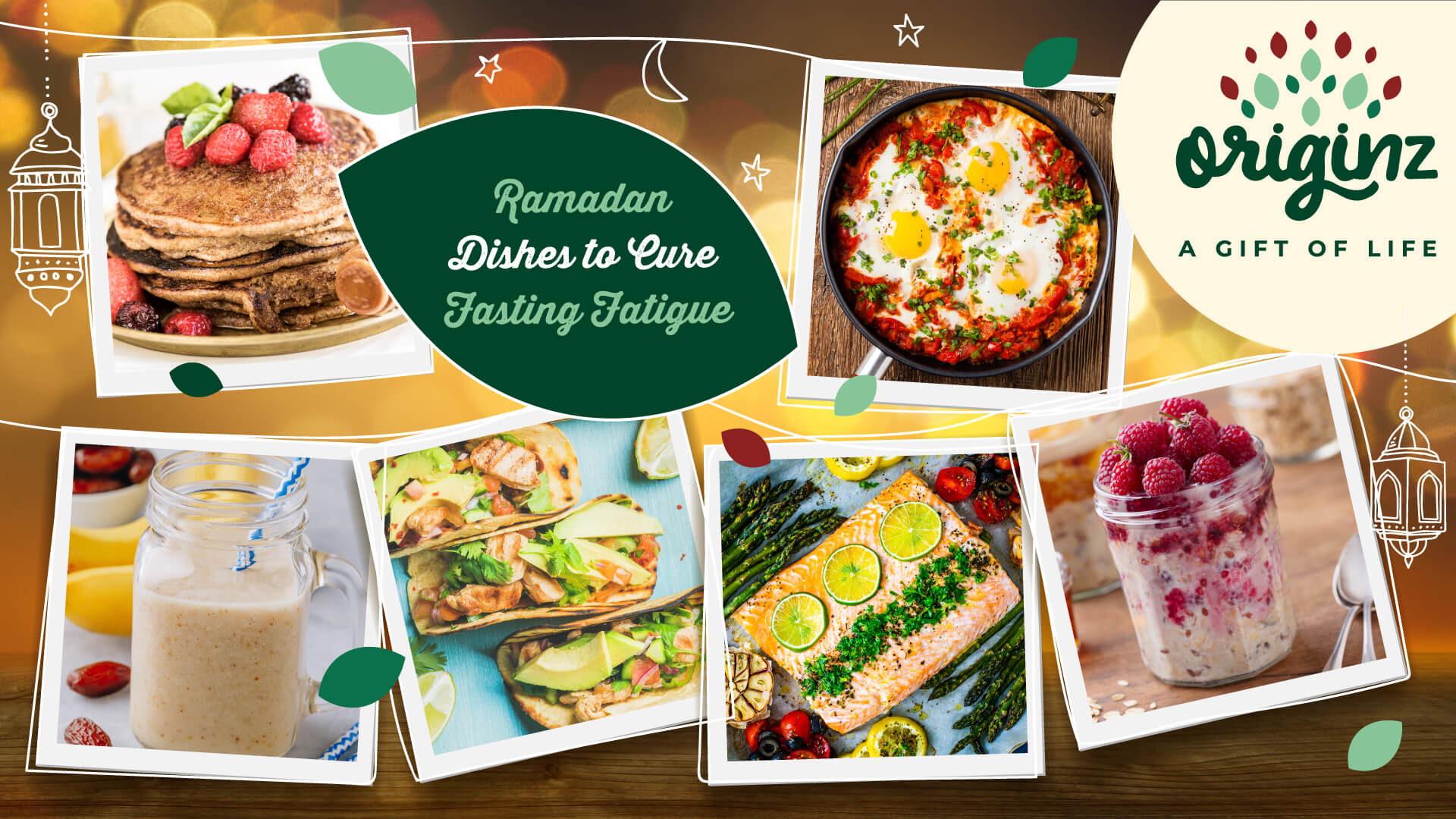
Health Benefits of Eating Saudi Tamees and How to Make It
Saudi Tamees, a staple bread in the Arabian Peninsula, has been a cherished part of Middle Eastern cuisine for centuries. Known for its unique texture and rich flavour, this flatbread is not only a delight to the palate but also boasts a range of health benefits. In this blog, we'll explore the health benefits of eating tamees, discuss how to make Saudi tamees at home, and highlight why incorporating this traditional bread into your diet can be a healthy choice. We will also share some tips on sourcing organic ingredients from a trusted organic grocery store to maximise the nutritional value of your tamees.
What is Saudi Tamees?
Saudi Tamees, often simply referred to as "tamees," is a soft, chewy flatbread traditionally baked in tandoor-style ovens. Originating from Afghanistan and spreading throughout the Middle East, tamees has become a beloved bread in Saudi Arabia, particularly in regions such as Jeddah and Riyadh. It is usually enjoyed with various dishes, from beans and eggs to honey and cheese, making it a versatile addition to any meal.
Health Benefits of Eating Tamees
1. Rich in Complex Carbohydrates: One of the primary health benefits of eating tamees is its high content of complex carbohydrates. Unlike refined carbs found in white bread, the complex carbs in tamees provide a steady source of energy. This slow-release of glucose into the bloodstream helps maintain stable blood sugar levels, making it an excellent option for individuals with diabetes or those looking to manage their weight.
2. Source of Dietary Fibre: Tamees, especially when made from whole wheat or other whole grains, is a good source of dietary fibre. Fibre is crucial for digestive health as it helps regulate bowel movements, prevent constipation, and promote a healthy gut microbiome. Additionally, a diet high in fibre can help lower cholesterol levels and reduce the risk of heart disease.
3. Low in Fat and Sugar: Another significant health benefit of eating tamees is its low fat and sugar content. Traditional tamees recipes use minimal oil and no added sugars, making it a healthier alternative to many processed breads. Consuming tamees as part of a balanced diet can help reduce the risk of obesity and related health issues such as cardiovascular disease and type 2 diabetes.
4. Provides Essential Nutrients: Depending on the ingredients used, tamees can be a good source of essential nutrients such as iron, magnesium, and B vitamins. For instance, whole wheat tamees is rich in iron, which is necessary for the production of haemoglobin, and magnesium, which plays a role in over 300 enzymatic reactions in the body. B vitamins found in tamees, like thiamine, riboflavin, and niacin, are essential for energy metabolism and maintaining healthy skin and nerves.
5. Customisable for Nutritional Needs: One of the Saudi tamees health benefits is that it can be easily customised to suit different dietary needs. By using organic whole wheat flour, adding seeds like flaxseeds or chia seeds, or incorporating herbs and spices, you can enhance the nutritional profile of tamees. This flexibility makes tamees an ideal bread for those seeking to follow a healthier diet.
How to Make Saudi Tamees at Home
Making Saudi tamees at home is a rewarding experience, allowing you to enjoy fresh bread while also controlling the ingredients used. Here's a simple recipe for how to make Saudi tamees:
Ingredients:
• 3 cups of organic whole wheat flour
• 1 cup of warm water
• 1 teaspoon of salt
• 1 tablespoon of olive oil
• 1 teaspoon of yeast
• Optional: sesame seeds, nigella seeds, or herbs for topping
Instructions:
1. Prepare the Dough: In a large mixing bowl, combine the organic whole wheat flour, salt, and yeast. Gradually add the warm water while stirring to form a dough. Knead the dough for about 10 minutes until it becomes smooth and elastic.
2. Let it Rise: Cover the dough with a damp cloth and let it rest in a warm place for about an hour, or until it doubles in size. This rising process is crucial as it gives the bread its soft and fluffy texture.
3. Shape the Bread: Once the dough has risen, divide it into small balls (about the size of a tennis ball). Roll each ball into a flat, circular shape using a rolling pin. The thickness should be around 0.5 cm for a perfectly baked tamees.
4. Add Toppings: Brush each bread with a little olive oil and sprinkle with your choice of seeds or herbs. This step adds flavour and additional health benefits to your tamees.
5. Bake the Bread: Preheat your oven to the highest temperature or use a tandoor if available. Place the flattened dough onto a baking tray and bake for 5-7 minutes, or until the bread is golden brown and slightly puffed.
6. Serve and Enjoy: Once baked, remove the tamees from the oven and let it cool slightly. Serve warm with your favourite dips, cheeses, or main dishes.
By using organic ingredients, such as those available from an organic grocery store, you can ensure your tamees is not only delicious but also nutritious.
Incorporating Tamees into a Healthy Diet
Incorporating tamees into your diet is straightforward due to its versatility. Whether paired with a simple salad, used as a base for homemade pizza, or served alongside traditional Middle Eastern dishes, tamees can complement a variety of meals. For those looking to explore more delicious recipes that feature tamees, consider experimenting with different flavour combinations and ingredients to keep your meals both healthy and exciting.
Conclusion
The health benefits of eating tamees are numerous, from its role in providing complex carbohydrates and fibre to its low fat and sugar content. By learning how to make Saudi tamees at home, you can enjoy this traditional bread's nutritional advantages while customising it to suit your dietary preferences. Whether you are seeking a healthy bread option or simply want to try something new, Saudi tamees is an excellent choice. Remember, sourcing quality ingredients, preferably from an organic grocery store, can make a significant difference in the health benefits of your homemade tamees.
FAQs
Is Saudi tamees suitable for a vegan diet?
Yes, Saudi tamees is naturally vegan as it typically contains only flour, water, salt, yeast, and a small amount of oil. You can also customise it with vegan-friendly toppings like sesame seeds or herbs.
Can I make Saudi tamees gluten-free?
Absolutely! To make a gluten-free version of tamees, substitute the whole wheat flour with a gluten-free flour blend. Be sure to use a mix that contains xanthan gum or another binding agent to help mimic the elasticity of gluten.
How can I store homemade tamees?
Homemade tamees can be stored in an airtight container at room temperature for up to two days. For longer storage, you can freeze tamees by wrapping it in plastic wrap and placing it in a freezer bag. Simply reheat in the oven or on a skillet when ready to eat.
Further Read,
· Cheese Filling Variations for Arabic Kunafa
· How to Make a Perfect Emirati Balaleet
· Why is Organic Food Gaining Popularity in the UAE?
Latest Blogs

Maintaining Healthy Habits After Ramadan
Have Ramadan healthy meals after Ramadan and maintain healthy food habits and implement them in your daily lives. Read more about healthy food habits.

Authentic Middle Eastern Iftar Meals to Prepare This Ramadan
Prepare some authentic middle eastern iftar meals this Ramadan. Look for fresh Ramadan food ideas and make your day memorable with these dishes. Check them out.

Ramadan Dishes to Cure Fasting Fatigue
Don’t worry about fasting fatigue anymore as we have listed some best Ramadan dishes and easy iftar meals to support your fasting journey. Check them out.

Eid-al-Fitr Feast: Delicious Recipes to Celebrate the End of Ramadan
Celebrate the end of Ramadan with delicious recipes on the eve of Eid ul Fitr. Read more about the traditional Ramadan recipes and make them easily.